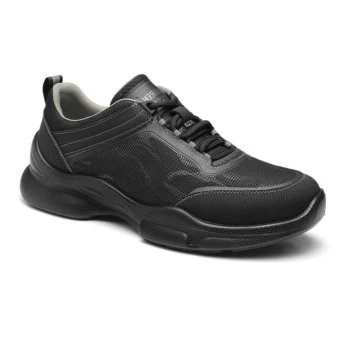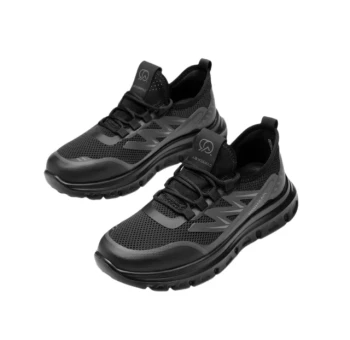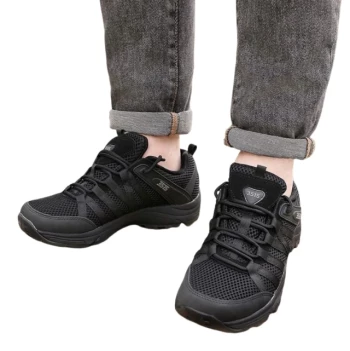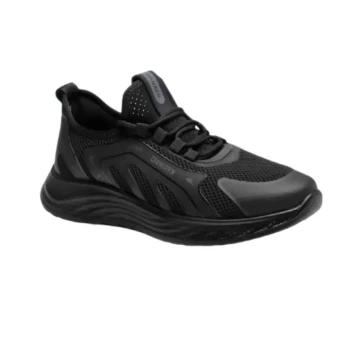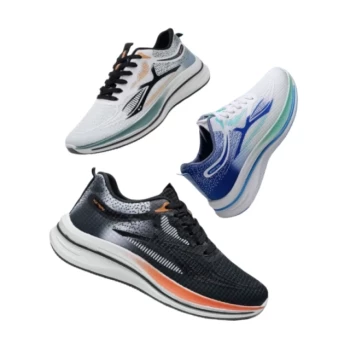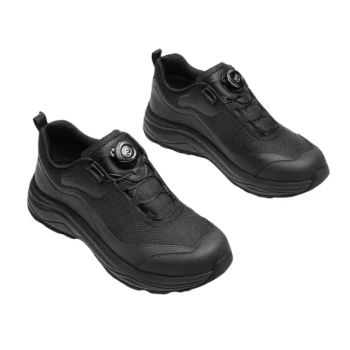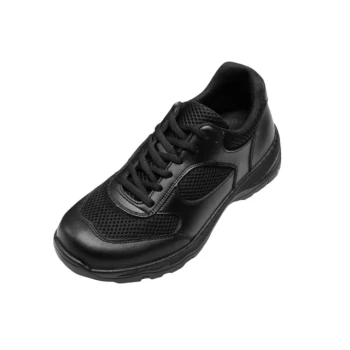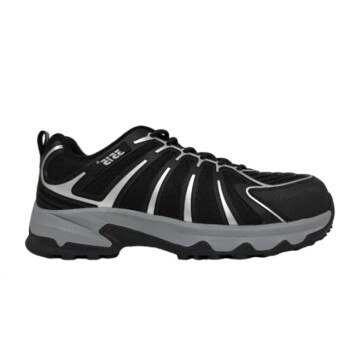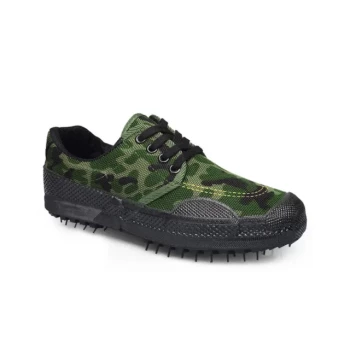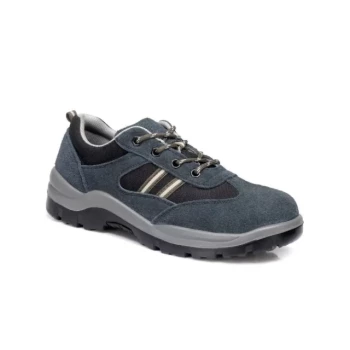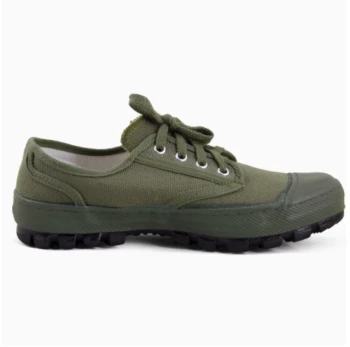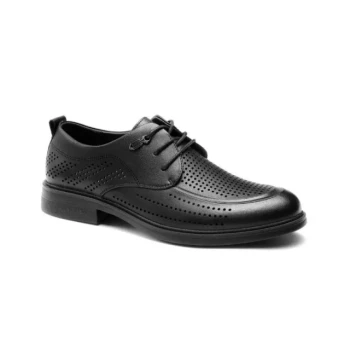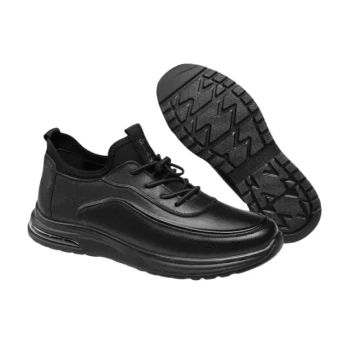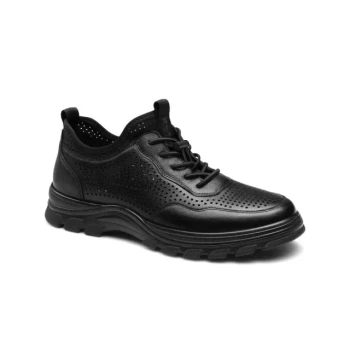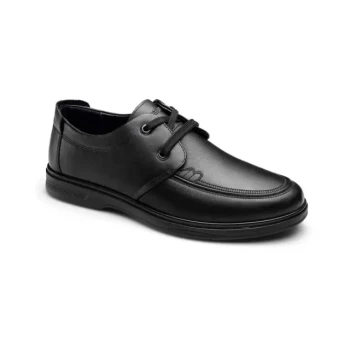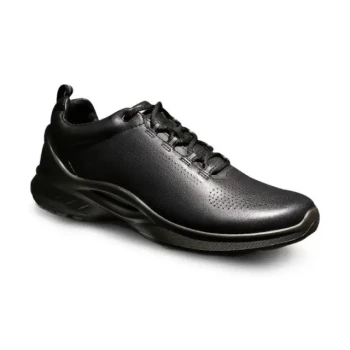At their core, trail runners are a hybrid of a road running shoe and a light hiking shoe, specifically engineered for moving quickly over natural, uneven terrain. They are defined by their lightweight construction, aggressive traction, and flexible soles, prioritizing agility over the heavy-duty protection of a traditional hiking boot.
The central decision in choosing trail runners is accepting a trade-off: you gain significant advantages in speed, comfort, and reduced fatigue, but you sacrifice the ankle support, durability, and robust protection offered by classic hiking boots.
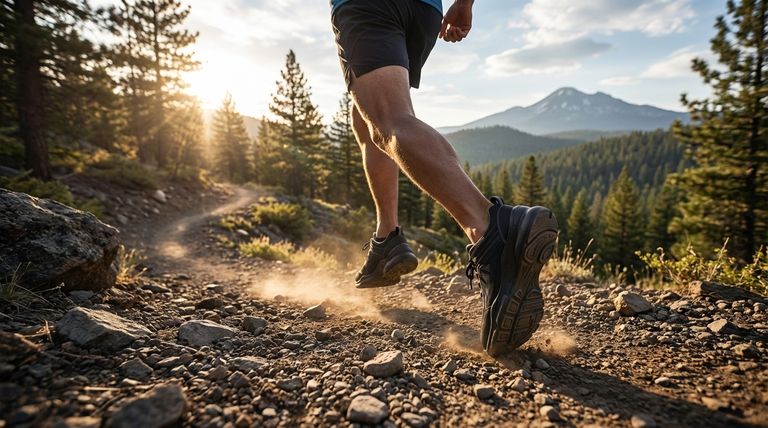
The Core Philosophy: Agility Over Armor
To understand trail runners, you must understand their design origin. They come from the world of running, not traditional mountaineering, and that DNA influences every aspect of their construction.
Lightweight Construction
Trail runners are built with synthetic mesh and minimal materials to keep weight at an absolute minimum. This design directly reduces the energy you expend with every step, which can lead to significantly less fatigue over a long day.
Enhanced Flexibility
Unlike the rigid shank of a heavy hiking boot, a trail runner's sole is designed to flex. This allows your foot to move more naturally and adapt quickly to changing ground surfaces, providing a better "feel" for the trail beneath you.
Superior Breathability
The uppers are typically made of highly breathable mesh. This feature is critical for managing moisture, allowing sweat to escape easily and helping your feet stay drier, which is a key factor in preventing blisters.
Key Advantages of Trail Runners
For the right person and the right terrain, trail runners offer clear performance benefits that have made them a popular choice even for long-distance thru-hikers.
Excellent Traction
Their defining feature is an outsole with deep, aggressive lugs. These are specifically designed to grip loose surfaces like dirt, mud, and gravel, providing confident footing where road shoes would fail.
Minimal Break-in Period
Due to their flexible and soft materials, most trail runners are comfortable right out of the box. They conform to your foot quickly, avoiding the long and often painful break-in period required for stiff leather boots.
Versatility on Mixed Terrain
Their lightweight and cushioned design makes them comfortable on a wide variety of surfaces. You can transition from a paved path to a moderate dirt trail without feeling like you're wearing heavy, cumbersome footwear.
Understanding the Trade-offs
The benefits of trail runners come with inherent compromises. Being aware of these limitations is crucial to avoid injury or discomfort on more demanding hikes.
Limited Ankle Support
The low-cut design, a key feature for agility, offers almost no support against rolling an ankle. On highly technical, rocky, or off-camber trails, this lack of support can be a significant liability.
Reduced Durability
The lightweight mesh and softer sole materials that make trail runners comfortable also make them less durable. They will wear out much faster than a hiking boot, especially when used frequently or with a heavy backpack, and will need to be replaced more often.
Less Underfoot Protection
While many models include a thin "rock plate," they offer less protection from sharp rocks and roots than the thick, stiff sole of a hiking boot. After many miles on rugged terrain, you may feel more impact through the sole.
Making the Right Choice for Your Goal
The best choice depends entirely on your hiking style, the terrain you frequent, and your personal needs for support and durability.
- If your primary focus is speed and distance on well-maintained trails: Trail runners are the ideal choice, offering comfort and efficiency.
- If your primary focus is stability on rugged terrain or carrying a heavy pack: A traditional hiking boot is the safer and more durable option.
- If your primary focus is a balance of support and weight for moderate day hikes: Consider a "hiking shoe," which is often a slightly stiffer, more supportive, and more durable version of a trail runner.
Choosing the right footwear is about matching the tool to the task to ensure comfort and safety on the trail.
Summary Table:
| Aspect | Trail Runners | Traditional Hiking Boots |
|---|---|---|
| Weight | Lightweight | Heavy |
| Ankle Support | Low-cut, minimal | High-cut, maximum |
| Traction | Aggressive lugs for dirt/mud | Durable lugs for varied terrain |
| Durability | Less durable, faster wear | Highly durable, long-lasting |
| Protection | Less underfoot protection | More underfoot protection |
| Best For | Speed, distance, well-maintained trails | Rugged terrain, heavy packs, stability |
Ready to Find Your Perfect Trail Footwear?
As a large-scale manufacturer, 3515 produces a comprehensive range of high-performance footwear for distributors, brand owners, and bulk clients. Our production capabilities encompass all types of shoes and boots, including specialized trail runners designed for agility, comfort, and superior traction.
Partner with us to:
- Access a wide range of designs tailored for speed, comfort, and varied terrain.
- Benefit from our manufacturing expertise in creating durable, high-traction footwear.
- Get reliable supply and competitive pricing for your bulk orders.
Contact 3515 today to discuss your trail footwear needs and discover how we can support your business!
Visual Guide
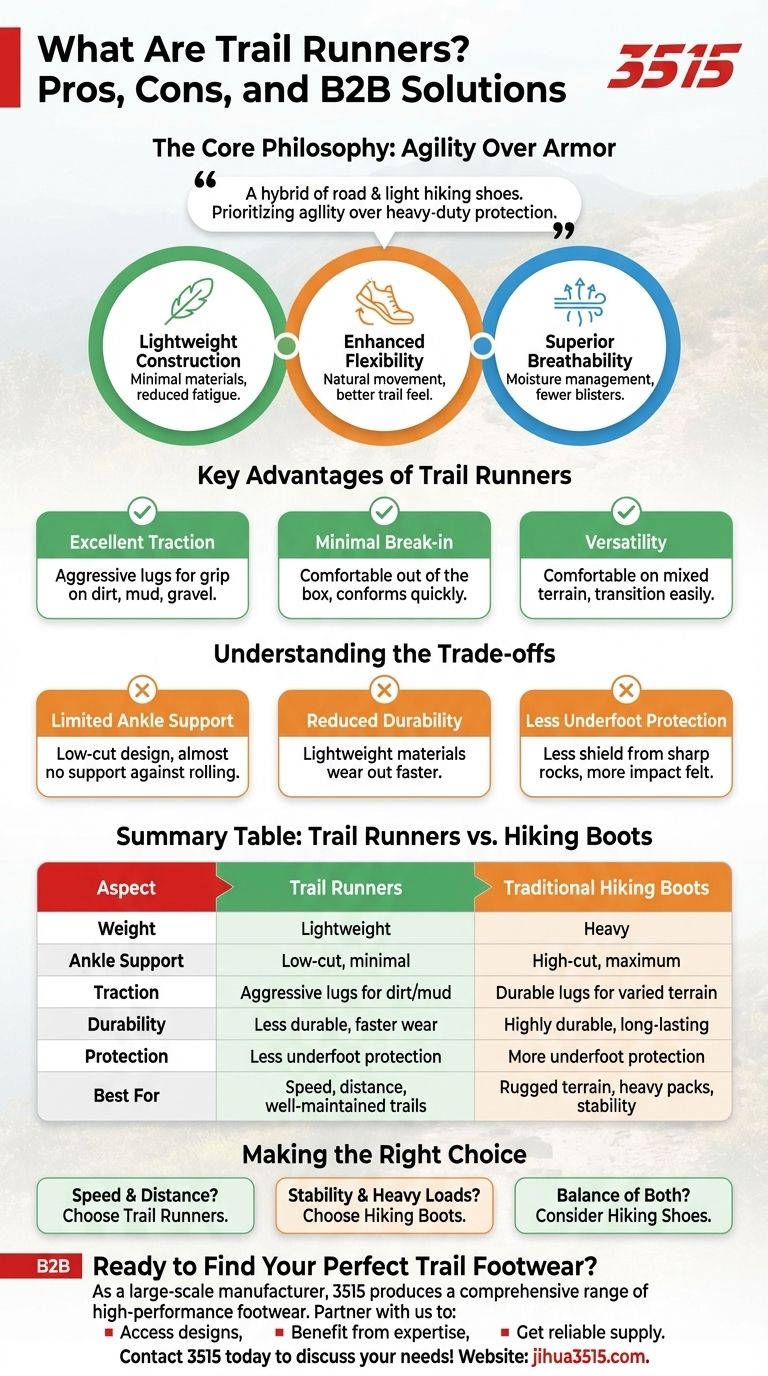
Related Products
- Wholesale Breathable Training Shoes Custom Athletic Footwear Manufacturer
- Wholesale Lightweight Cushioned Athletic Sneakers for Custom Bulk Production
- Lightweight Breathable Training Shoes for Wholesale & Custom OEM Manufacturing
- Wholesale Breathable & Cushioned Training Shoes Custom Factory Production
- Wholesale Breathable Athletic Sneakers - Custom Lightweight Cushioned Footwear Manufacturer
People Also Ask
- What are the benefits of breathable materials in work shoes? Enhance Comfort & Health for Your Workforce
- How do athletic shoes with non-slip features differ from regular ones? Discover the Grip Advantage
- What are the benefits of breathable mesh in shoe design? Enhance Comfort and Performance
- How do non-slip athletic shoes differ from regular athletic shoes? Discover the Grip Technology
- What are the benefits of athletic-style work shoes? Boost Comfort and Safety for Your Team
